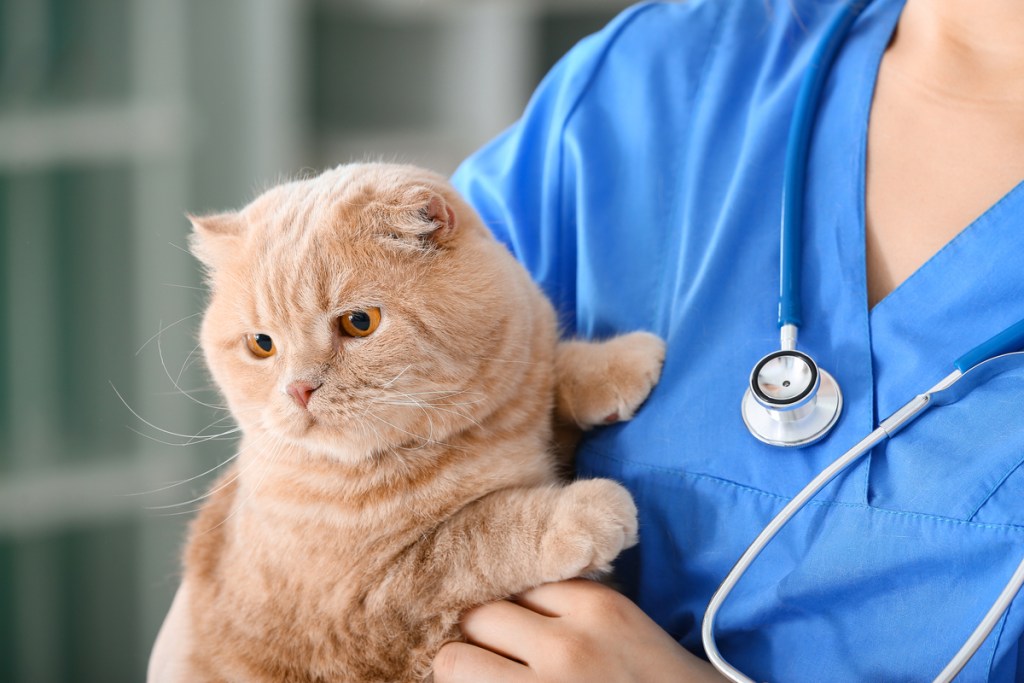
For years, scruffing a cat — grabbing the loose skin around the neck — has been touted as a safe and humane way to restrain your pet. Thought to mimic the way that a mother cat would pick up her kittens by the scruff, this restraint method has been used by vets, groomers, and pet owners.
In some cases, handlers would pick cats up by the scruff of the neck. But the views on scruffing are changing, and it turns out that this type of hold can be unnecessarily stressful for cats. There are better ways of holding back a cat to maximize their comfort and safety, and news about the problems with scruffing is starting to get out.
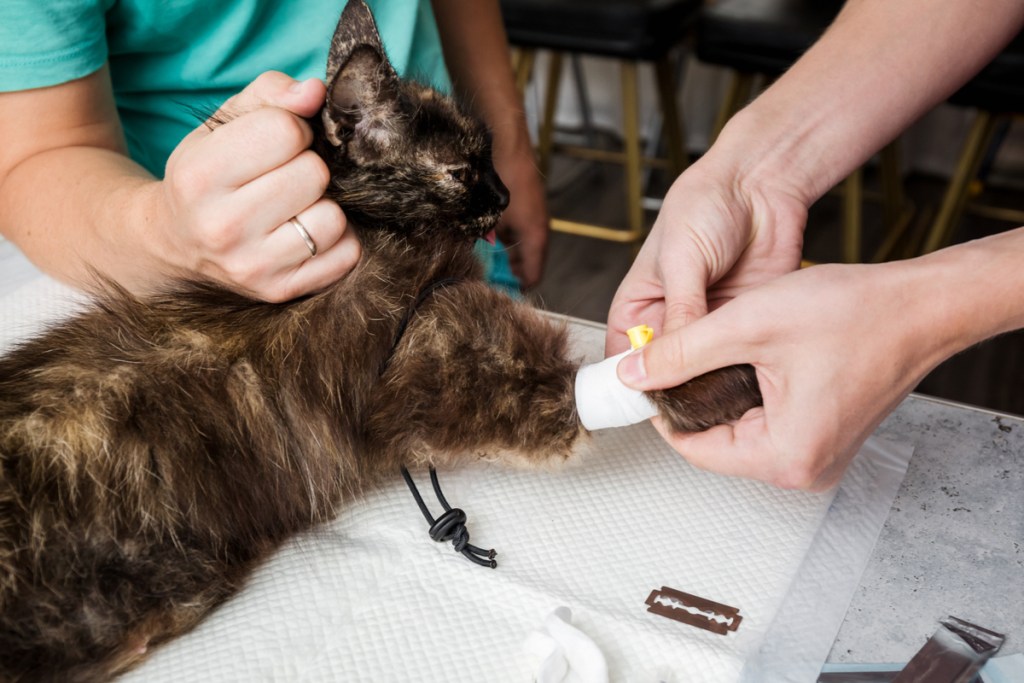
Why scruffing is a problem
Veterinary behaviorist Stephanie Borns-Weil and veterinary technician Michelle Damon took on the matter of scruffing cats in the TuftsNow “Ask the Expert” column in 2019. Their article made several arguments against the practice.
While many vets have been taught that scruffing replicates the way a mother cat carries her kittens, the article points out that kittens have a reflex that makes them go limp when they’re lifted by the scruff. That reflex is lost by the time cats are adolescents, so older cats will tense and even fight being scruffed.
While kittens might find it relaxing to be carried around by the scruff, the practice makes older cats scared and stressed. Adult cats are held by the scruff when a predator attacks them, so it’s easy to see why the behavior is less than relaxing. This view against scruffing is quickly gaining in popularity. The International Cat Care charity has also issued a formal statement against scruffing.
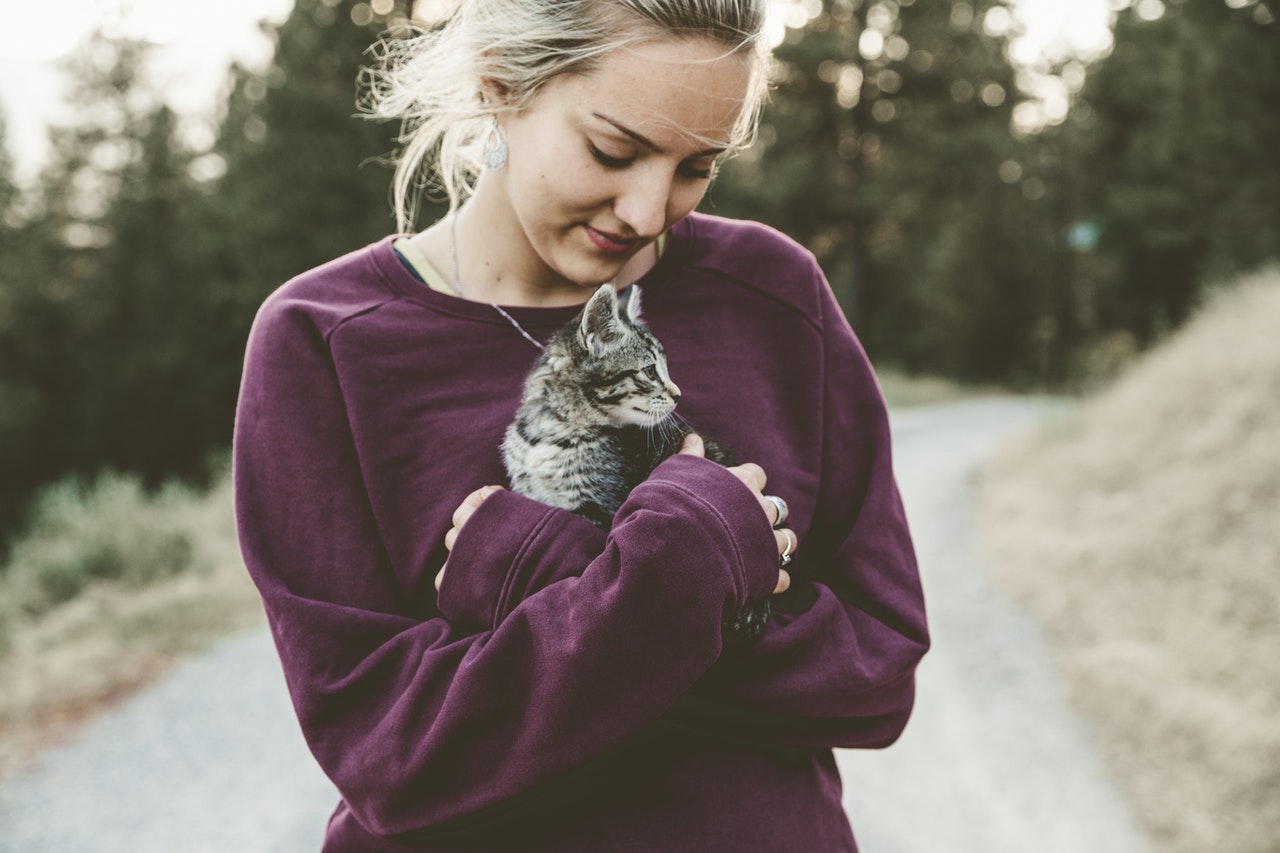
What age should you stop scruffing a cat?
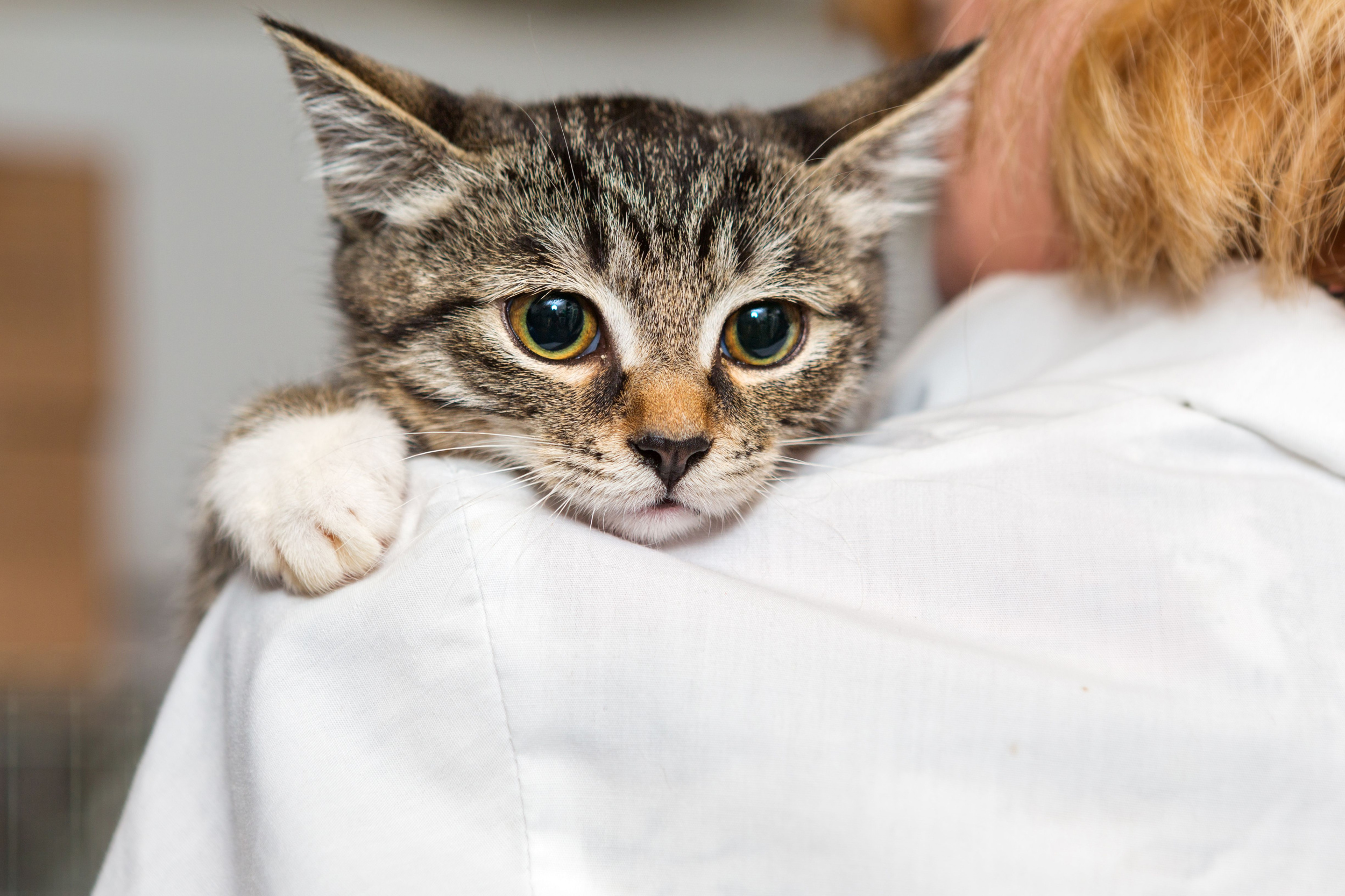
Alternatives to scruffing
The TuftsNow article advocates for the use of other means of restraint that are more humane and comfortable to the cat. Gently cupping a cat’s head and jaw provides stabilization and restraint without evoking the immediate stress response that scruffing creates.
You can put an e-collar on your cat, which can prevent them from being able to reach around and bite you as you’re working with them. Some cats do well when you put a towel or light blanket over their head so they can’t see you approaching and handling them. You can also carefully wrap your cat into a blanket or towel so they’re not able to scratch you while you handle them.
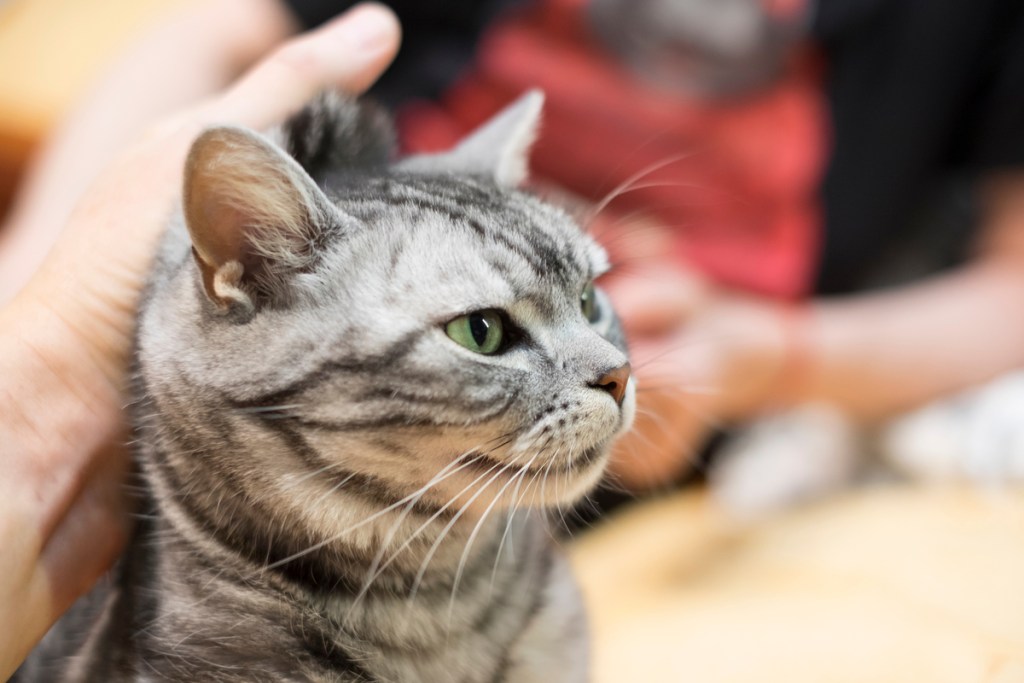
Think about why restraint is necessary
In some situations, like administering veterinary care, it’s necessary to keep a good hold on a cat. In these instances, it’s essential to carefully and appropriately administer restraint so everyone stays safe. Your veterinarian can demonstrate appropriate restriction techniques to care for your cat at home.
If you need to restrain your cat for care processes like trimming their claws or giving them a pill, then think about ways you can make these common events less stressful for your cat. If your cat struggles against nail trims, regularly handling their paws can help them to accept this process. Touching your cat’s paws and then giving them a treat will teach them that having their paws handled is a positive experience, possibly making them more cooperative with nail trims and other times when you need to physically work with your cat.
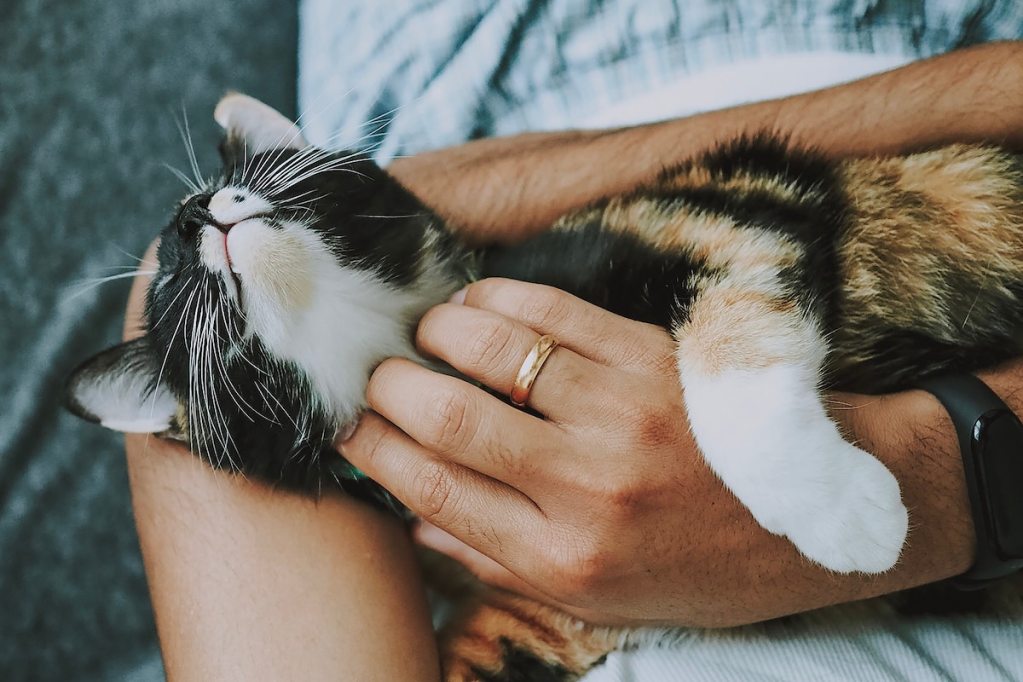
Final thoughts on scruffing
You may have relied on scruffing as a mode of restraint for years, and that’s understandable. Until recently, we really didn’t understand how unpleasant and stressful this restraint was for cats. Now that we know better, we can do better. Rather than scruffing your cat, look for alternative ways to handle them while also helping to keep them comfortable.
If you have the time to work with your cat gradually, you may be able to get them more comfortable with whatever treatment they need, so the experience is more enjoyable for you both. If the matter is more urgent, then ask your vet to help train you in how to best work with your cat. Using humane restraints helps minimize stress, making these experiences healthier and safer for your cat.


